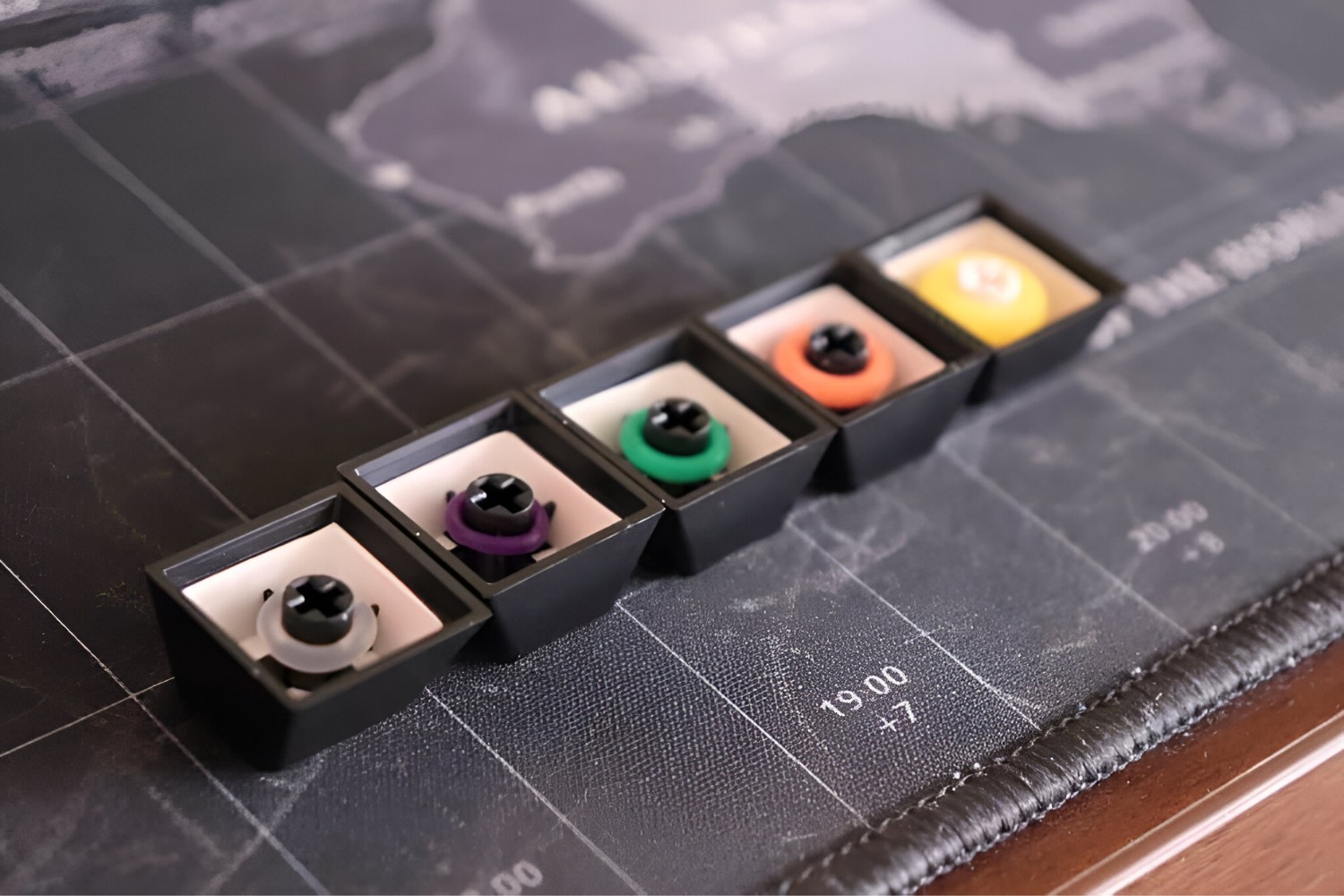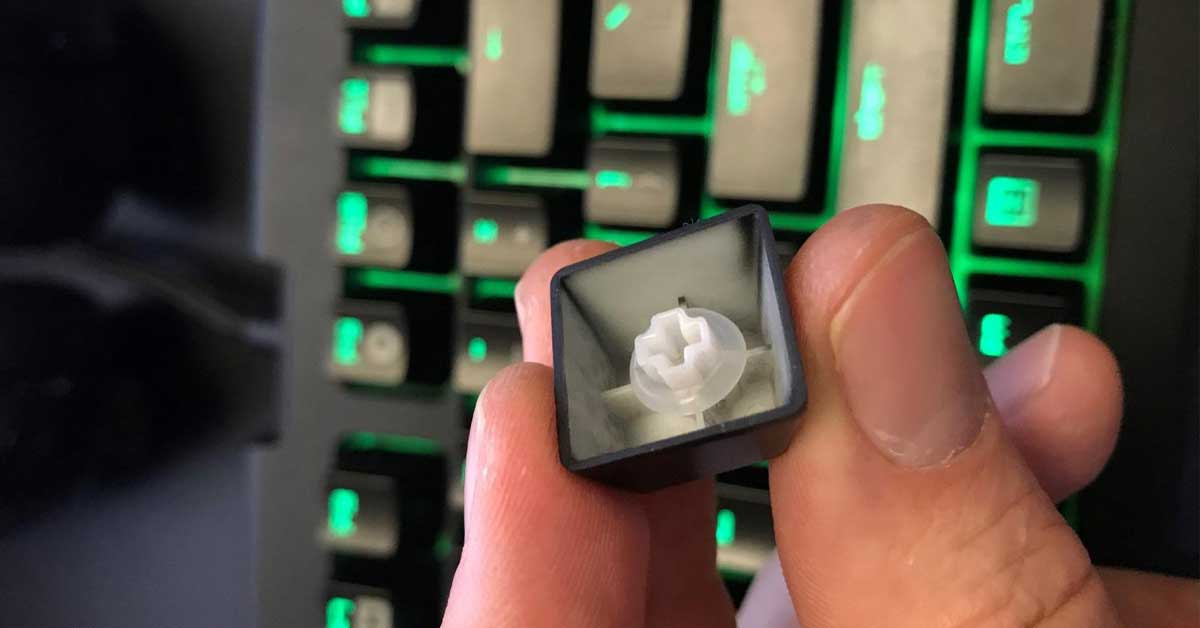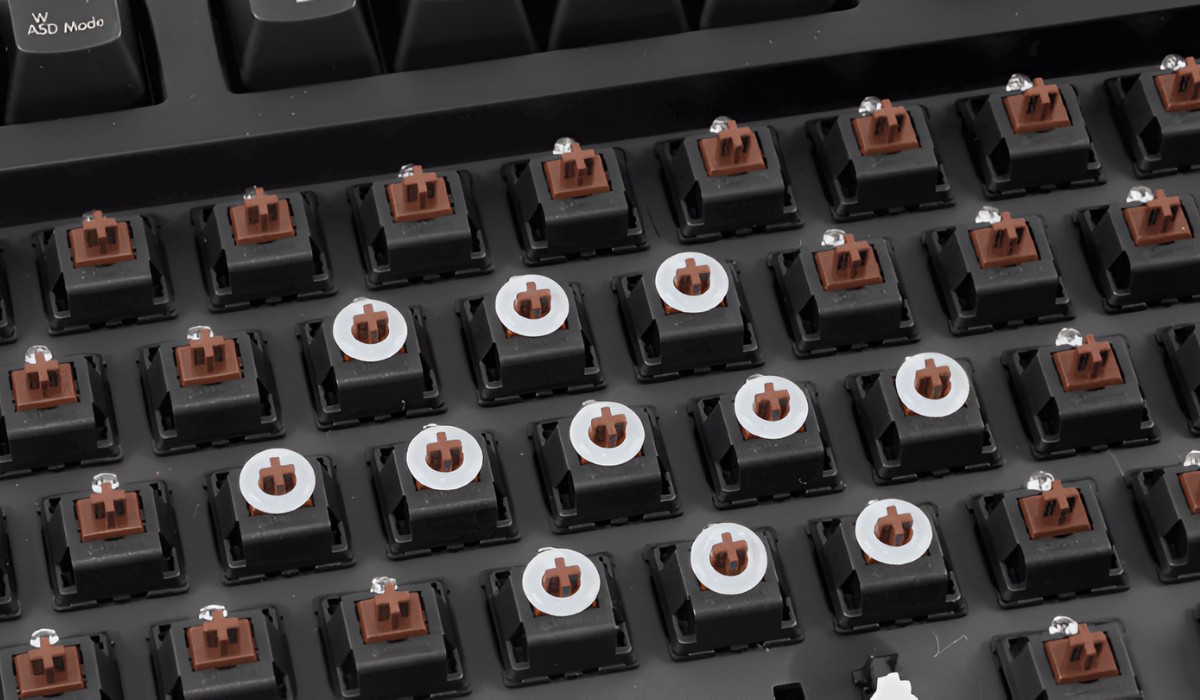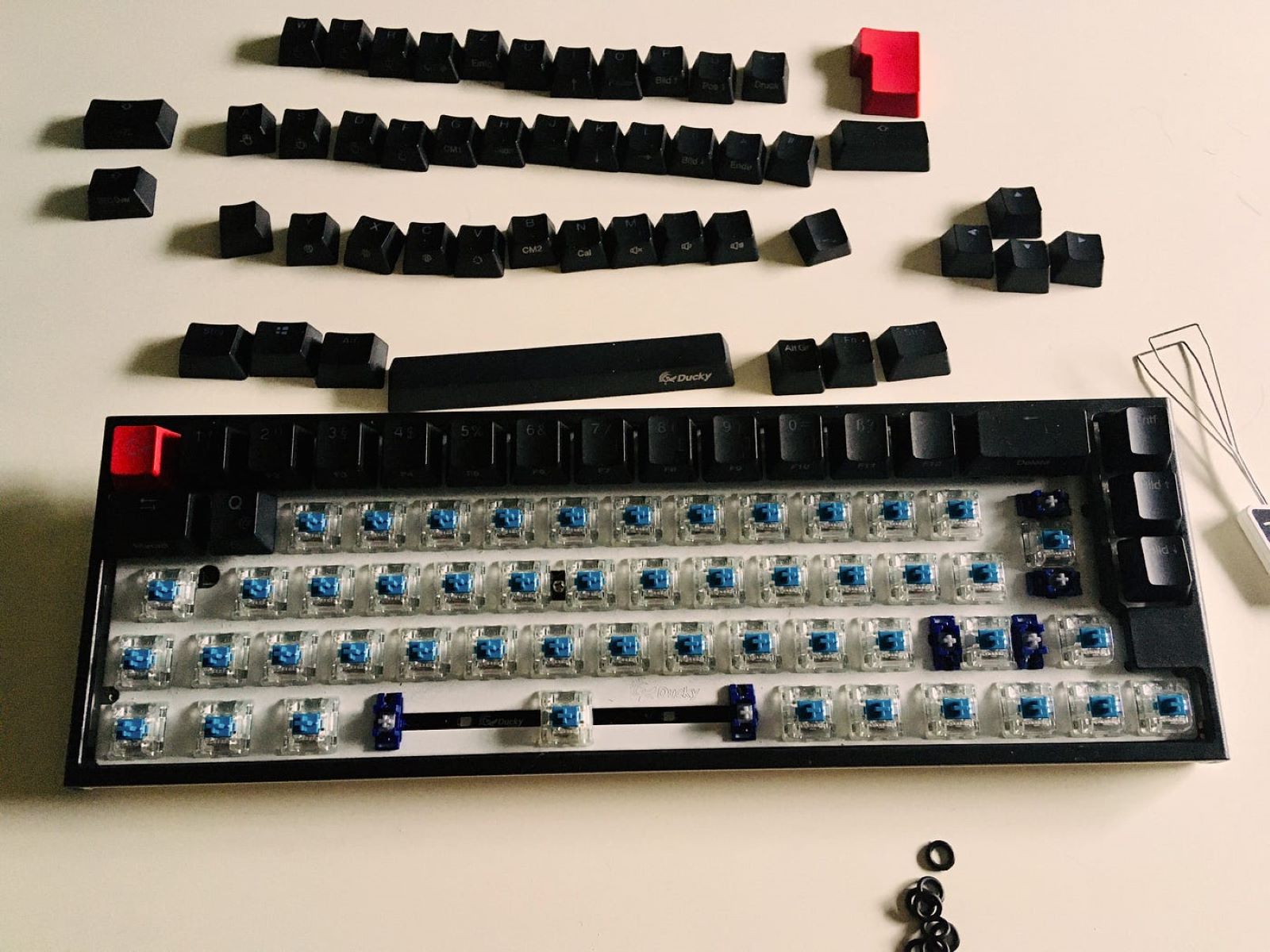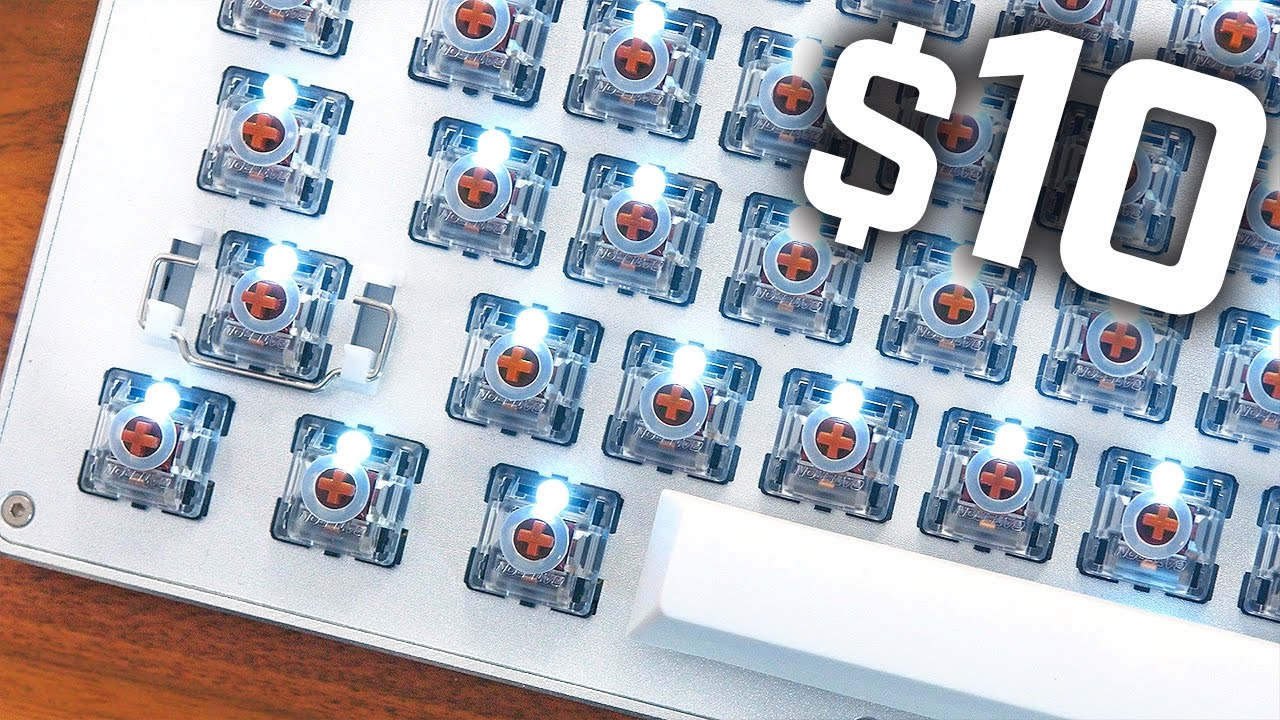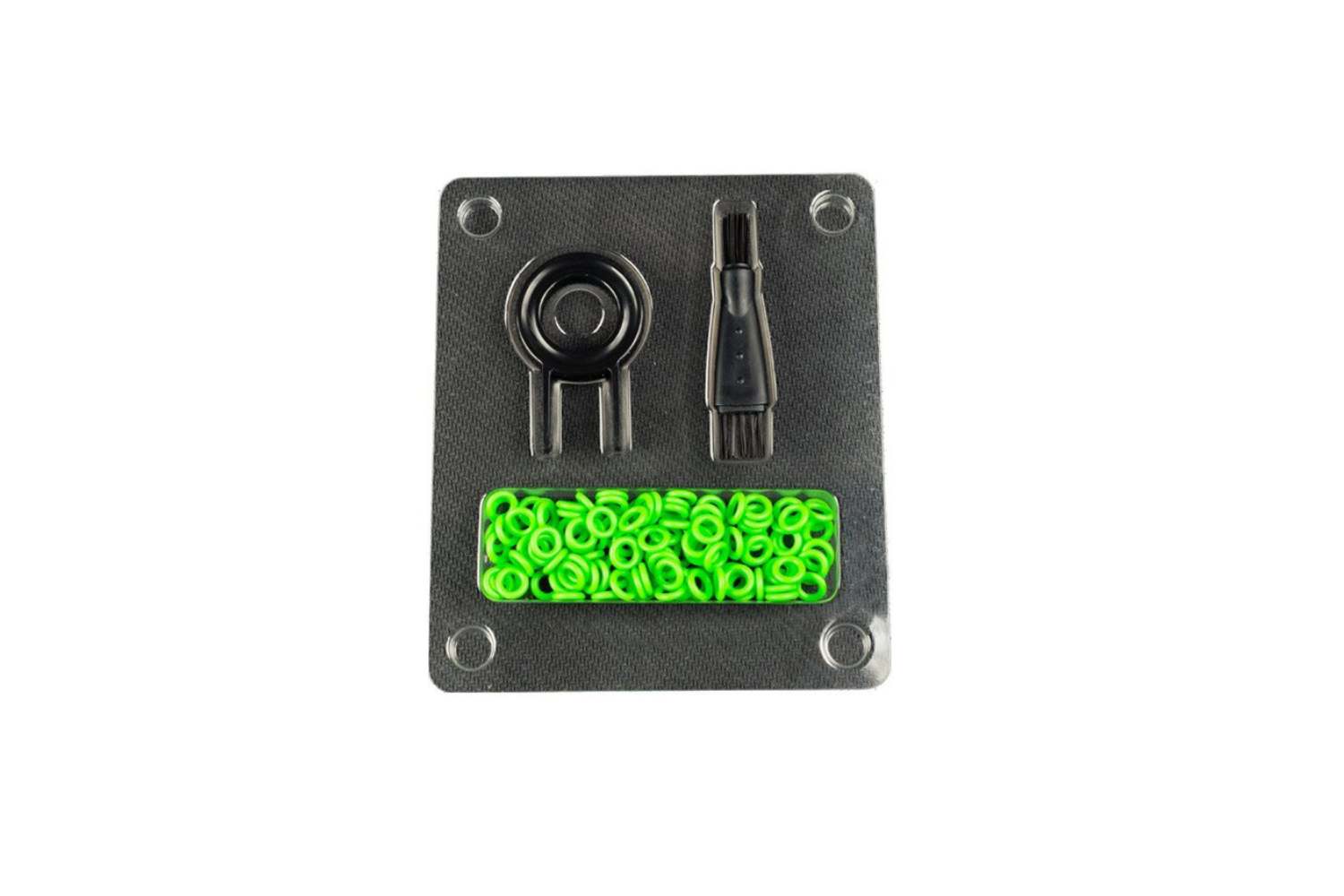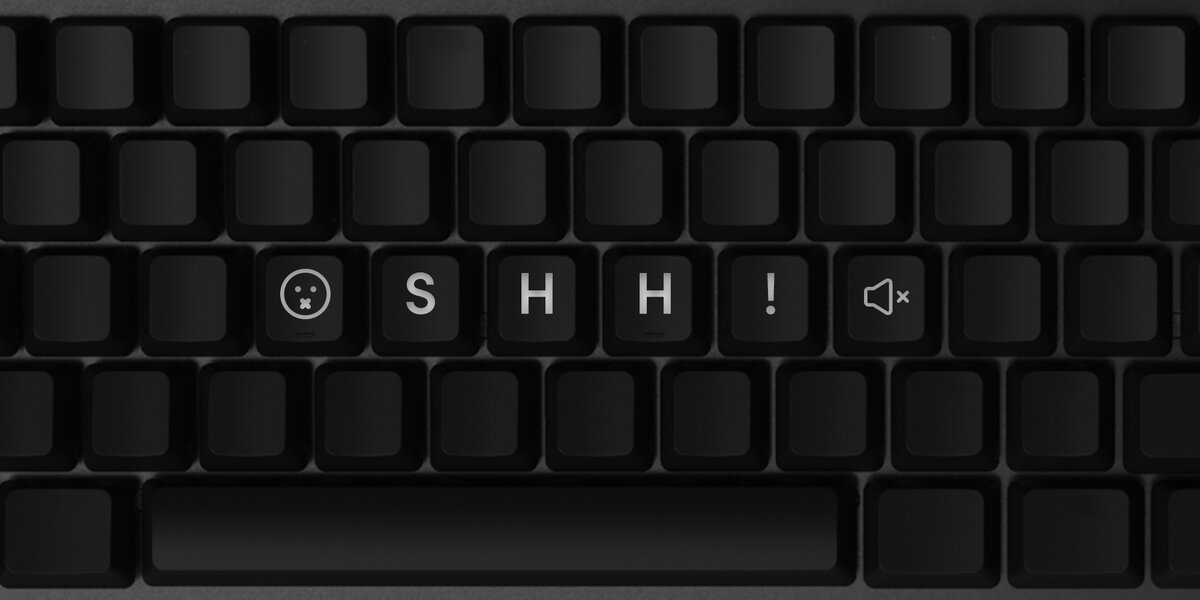Introduction
Mechanical keyboards have gained immense popularity among gamers and typists due to their tactile feedback and enhanced durability. These keyboards are equipped with individual mechanical switches for each key, providing a distinct sensation and audible click when pressed. However, the audible sound produced by mechanical keyboards may not be suitable for all environments, such as shared workspaces or quiet settings. This is where O rings come into play, offering a simple yet effective solution to dampen the sound and alter the typing experience.
O rings are small, rubber rings that can be installed onto the keycap stems of mechanical keyboards. They serve as dampeners, reducing the noise generated when the keys bottom out, without compromising the tactile feedback and actuation force of the switches. This modification allows users to enjoy the tactile feel of their mechanical keyboard while minimizing the disruptive noise, making it an ideal choice for both work and play.
The following sections will delve into the functionality of O rings, the benefits they offer for mechanical keyboards, and the process of installing them. By the end of this article, you will have a comprehensive understanding of how O rings can enhance the performance and user experience of mechanical keyboards. Whether you are seeking a quieter typing experience, aiming to be considerate of others in your environment, or simply looking to customize your keyboard to suit your preferences, O rings can be a valuable addition to your mechanical keyboard setup.
What Are O Rings?
O rings, also known as dampeners or sound dampening rings, are small rubber rings designed to be placed on the stems of individual keycaps in mechanical keyboards. These rings are typically made from durable materials such as silicone or rubber, and they come in various thicknesses and durometer ratings to accommodate different preferences for key travel and sound dampening. The primary function of O rings is to reduce the noise and impact generated when the keys bottom out during typing or gaming sessions. By absorbing the impact and cushioning the keystrokes, O rings effectively minimize the clatter and reverberation that can be associated with mechanical keyboards, creating a quieter and more subdued typing experience.
When a key is pressed on a mechanical keyboard without O rings, the keycap collides with the top housing of the switch, resulting in a distinctive “clack” or “click” sound. This sound is amplified when the keys are bottomed out, as the keycap strikes the keyboard’s base with greater force. O rings act as shock absorbers, intercepting the impact of the keycap and softening the contact with the switch housing, thereby reducing the noise produced during typing or gaming. The use of O rings does not alter the actuation point or the tactile feedback of the switches, allowing users to retain the satisfying feel of mechanical key switches while minimizing the disruptive sound levels.
Additionally, O rings are available in different colors, allowing users to customize the appearance of their keyboards while reaping the benefits of sound dampening. Whether it’s for aesthetic enhancement, noise reduction, or a combination of both, O rings provide a versatile solution for tailoring the typing experience to individual preferences.
Benefits of O Rings for Mechanical Keyboards
O rings offer a myriad of advantages for mechanical keyboards, making them a popular choice for users seeking to enhance their typing or gaming experience. Some of the key benefits of using O rings include:
- Noise Reduction: One of the most notable advantages of O rings is their ability to significantly reduce the noise produced by mechanical keyboards. By dampening the impact and cushioning the keystrokes, O rings minimize the clatter and reverberation that can be associated with key presses, creating a quieter and more pleasant typing environment. This is particularly beneficial for individuals working in shared spaces or those who prefer a quieter computing experience.
- Enhanced Tactile Feel: While O rings effectively reduce the noise generated during typing, they do not compromise the tactile feedback and actuation force of the mechanical switches. Users can still enjoy the satisfying tactile feel and responsiveness of their keyboard switches without the disruptive noise levels, striking a balance between tactile feedback and acoustic comfort.
- Customization: O rings come in various thicknesses and durometer ratings, allowing users to customize the key travel distance and sound dampening effect according to their preferences. This level of customization enables individuals to tailor their typing experience to suit their specific needs, whether they prioritize a softer keystroke or a particular sound level.
- Improved Typing Comfort: By cushioning the impact of key presses, O rings contribute to a more comfortable typing experience, especially during prolonged typing sessions. The reduced strain on the fingers and wrists can lead to enhanced comfort and reduced fatigue, making O rings a valuable addition for users who spend extended periods at their keyboards.
- Minimal Disruption: With O rings installed, the disruptive noise associated with bottoming out keys is significantly mitigated, allowing for a more focused and undisturbed typing or gaming experience. This is particularly advantageous in office settings, libraries, or other shared environments where minimizing noise is essential.
Overall, the incorporation of O rings into a mechanical keyboard setup can yield a quieter, more comfortable, and customizable typing experience, catering to the diverse preferences and requirements of users across various settings and usage scenarios.
How to Install O Rings on a Mechanical Keyboard
Installing O rings on a mechanical keyboard is a straightforward process that can be accomplished with minimal tools and expertise. The following steps outline the typical procedure for installing O rings:
- Gather the Necessary Materials: Before beginning the installation, ensure that you have the required materials, including O rings, a keycap puller, and a clean, well-lit workspace. O rings are available in various sizes and thicknesses, so it’s essential to select the appropriate O rings that match the keycap stems of your mechanical keyboard.
- Remove the Keycaps: Use a keycap puller to gently remove the keycaps from the keyboard. Apply even pressure to lift the keycaps straight up, taking care not to bend or damage the keycap stems. Place the removed keycaps in a safe location to prevent them from getting lost or damaged during the installation process.
- Place the O Rings: With the keycaps removed, carefully place the O rings onto the stems of the keycaps. Ensure that the O rings are positioned securely and evenly on each stem to maintain consistency in sound dampening and key travel distance. The O rings should fit snugly and not obstruct the keycap from being reinstalled onto the switch.
- Reinstall the Keycaps: Once the O rings are in place, reattach the keycaps to the keyboard by aligning them with the respective switches and pressing down firmly until they snap into position. Ensure that each keycap is securely attached and sits flush with the keyboard’s surface.
- Test the Keyboard: After installing the O rings, test the keyboard to ensure that the keycaps function properly and that the O rings effectively reduce the noise and impact of key presses. Type on the keyboard to assess the sound levels and tactile feel, making any necessary adjustments to the O rings or keycaps as needed.
- Enjoy the Enhanced Typing Experience: With the O rings successfully installed, enjoy the benefits of a quieter and more comfortable typing experience on your mechanical keyboard. Whether for work or play, the O rings contribute to a customized and enjoyable typing environment tailored to your preferences.
By following these steps, users can easily install O rings on their mechanical keyboards, transforming the typing experience and reaping the benefits of sound dampening without compromising the tactile feedback and responsiveness of the keyboard switches.
Conclusion
In conclusion, O rings serve as invaluable accessories for enhancing the performance and user experience of mechanical keyboards. By effectively dampening the sound and impact of key presses, O rings provide users with a quieter, more comfortable, and customizable typing experience, making them an ideal choice for individuals seeking to minimize keyboard noise without sacrificing tactile feedback.
With the ability to reduce disruptive noise levels, O rings cater to a diverse range of environments, from shared workspaces and office settings to home offices and gaming setups. The installation process for O rings is straightforward and can be completed with minimal tools, allowing users to customize their keyboards according to their preferences for sound dampening and key travel distance.
Furthermore, the versatility of O rings, available in various sizes, thicknesses, and durometer ratings, empowers users to tailor their typing experience to suit their specific needs, whether prioritizing noise reduction, tactile feel, or a combination of both. This level of customization contributes to a more personalized and enjoyable typing environment, fostering comfort and productivity during extended typing sessions.
Ultimately, the incorporation of O rings into a mechanical keyboard setup offers a harmonious balance between acoustic comfort and tactile satisfaction, making it an appealing choice for typists, gamers, and professionals alike. Whether seeking a quieter typing experience, aiming to be considerate of others in shared spaces, or simply desiring a customized keyboard setup, O rings stand as a valuable solution for enhancing the performance and usability of mechanical keyboards.







